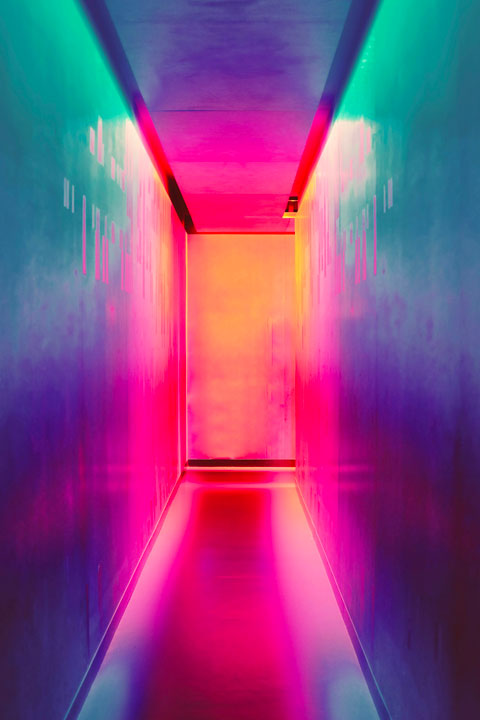Last week, I watched a Fortune 500 rebrand launch with all the fanfare of a wet firework. Millions spent, committees consulted, focus groups assembled – and the result looked like it came from a template. Meanwhile, a three-person studio in Brooklyn just gave a fintech startup an identity so sharp it made half my feed stop scrolling.
This isn't an anomaly anymore. The boutique agency model is eating the lunch of traditional networks, and it's not just about being nimble or cheap. It's about something deeper – a fundamental shift in how great creative work happens.
The big agency pitch used to be scale: more people, more resources, more offices with exposed brick and La Marzocco machines. But scale has become a liability in an era where a brand can pivot three times before a traditional agency finishes a discovery phase.
"The best creative direction often comes from having fewer voices in the room, not more".
Think about Collins before they grew – a handful of people creating culture-defining work for Spotify and Medium. Or how Gretel built Burrow's entire brand system with a team you could fit in a sedan. These aren't budget compromises; they're deliberate creative choices.
The Culture Advantage
Here's what nobody talks about: boutique agencies have better culture because they can't afford not to. When you're twelve people instead of twelve hundred, every hire either elevates or destroys the vibe. There's no hiding behind process or politics.
I've seen this play out repeatedly. A startup founder calls a big network, gets assigned to the B-team (because the A-team is on Coca-Cola), and ends up with work that feels focus-grouped to death. Same founder calls a boutique agency model shop, gets the founders themselves, and walks away with something that feels alive.
The cultural fit matters more than ever because brand building has become intensely collaborative. The days of agencies disappearing for three months to emerge with stone tablets are over. Modern brands need partners who can sit in their Slack, understand their product sprints, and iterate in real-time.
"Great brands aren't built in conference rooms anymore – they're built in DMs, Figma comments, and quick Friday afternoon calls that turn into breakthrough moments."
Speed as a Creative Tool
The boutique agency model thrives on constraints. Smaller teams can't overthink because they don't have time to overthink. This sounds like a limitation, but watch what happens when you give a talented small team two weeks instead of two months – the work gets more instinctive, more honest.
At Metabrand, we've seen how design systems evolve when they're built iteratively alongside product development rather than delivered as massive documents. The constraint of speed forces clarity.
This isn't about cutting corners. It's about recognizing that perfection is often the enemy of resonance. The most memorable brand moments – Oatly's tone, Liquid Death's absurdity, Warp's terminal aesthetics – came from teams small enough to trust their gut.
The Specialization Play
Boutique agencies are also winning by going deep instead of wide. One studio only does type systems. Another only works with climate tech companies. A third specializes in rebrands for companies going through acquisitions.
This focus creates compound advantages. The tenth fintech brand you design is exponentially better than the first because you understand the category's visual language, compliance requirements, and user expectations. You're not starting from zero every time.
The specialization also attracts better clients. Founders seek out agencies that understand their specific challenges rather than generalists who need three months of onboarding to speak their language.
Tools Leveling the Field
Technology has eliminated most advantages of scale. A boutique team with Figma, Webflow, and After Effects can produce work that required entire departments five years ago. AI tools handle the grunt work that junior teams used to do.
But more importantly, modern tools enable collaboration patterns that favor small teams. Version control, multiplayer editing, and async feedback loops mean you don't need conference rooms and creative directors managing traffic. The work can flow more organically.
The boutique agency model isn't just surviving – it's defining what modern creative work looks like. Smaller, faster, more culturally aligned teams are producing the work that matters. The age of the network agency isn't over, but its monopoly on great creative definitely is.
Next time you're building something new, ask yourself: do you want the safety of scale, or do you want the electricity of a small room full of people who give a damn? The answer might be smaller than you think.










